Modern Actives vs Ayurvedic Alternatives: Who’s the real saviour of aging skin?
| Authored by: Abhishek Ranjan Jha |
| Reviewed by: Kapil Dhameja |
| Estimated Reading Time: 5 minutes |
Okay, let’s get real about skincare. You’re chilling in your US apartment, scrolling through TikTok, and boom—another ad for a retinol serum or vitamin C cream promising to make you look like you’re fresh out of college. But then your yoga-obsessed friend starts going on about Ayurveda, this ancient Indian system, raving about stuff like bakuchiol and amla that can give you the same glow without the irritation or crazy price tag. So, what’s better for aging skin—high-tech actives or these natural remedies like a natural retinol alternative? Are they fighting it out, or can they team up? Let’s dive into the big players, compare them head-to-head, and figure out what’s gonna keep those wrinkles at bay. Spoiler: you might not have to pick a side.
|
Table of Contents |
A Clash or a Collaboration?
Aging skin’s the great equalizer—fine lines, dark spots, and dryness hit whether you’re in Miami or Seattle. In the US, skincare’s a billion-dollar game, with people dropping serious cash on actives like retinol, vitamin C, and peptides to keep their faces fresh. These ingredients come with lab studies and derm endorsements, but let’s be real—they can be pricey and sometimes leave your skin screaming. Then there’s Ayurveda, this 5,000-year-old Indian system using herbs like bakuchiol (a natural retinol alternative) and ubtans to tackle the same issues. The big question: are these approaches duking it out, or can they play nice? Let’s pit them against each other and see what works best for those crow’s feet and dull vibes.
Retinol vs Bakuchiol: Cellular Turnover Without the Burn?

Retinol’s the rockstar of anti-aging in the US. It’s a vitamin A derivative that’s like a drill sergeant for your skin, speeding up cell turnover, boosting collagen, and smoothing wrinkles. A 2017 study in the Journal of Investigative Dermatology showed it can reduce fine lines by 20% in 12 weeks. But retinol’s got a dark side—it can leave your skin red, flaky, or super sensitive, especially if you’re new to it or have dry skin. You’ve gotta ease in slow, use it at night, and wear sunscreen like it’s your full-time job.
Enter bakuchiol, the natural retinol alternative that’s been blowing up. It comes from the babchi plant, used in Ayurveda forever to heal and rejuvenate. A 2019 study in the British Journal of Dermatology found bakuchiol matches retinol for wrinkles and collagen production—without the irritation. It’s gentle, works for sensitive skin, and doesn’t make you avoid sunlight like a vampire. My friend Lisa in Portland ditched retinol after it made her face peel like a bad sunburn. She switched to a bakuchiol serum, and now her skin’s smooth as a baby’s. If you want a natural retinol alternative that delivers without the drama, bakuchiol’s your jam.
Vitamin C vs Amla: The Brightening Game

Vitamin C’s the golden child of US skincare. It’s an antioxidant that fights free radicals, fades dark spots, and gives you that plump, dewy glow. You’ll find it in every serum and cream at Ulta. Science loves it—a 2017 study in Nutrients showed topical vitamin C can cut hyperpigmentation by 25% in 16 weeks. But it’s not perfect. Vitamin C can be unstable (it breaks down in light or air), and some folks get irritation or breakouts if the formula’s wonky.
Now meet amla, aka Indian gooseberry, Ayurveda’s vitamin C superstar. This little green fruit has 20 times more vitamin C than an orange, ounce for ounce. In Ayurveda, it’s used to brighten skin, fade spots, and shield against pollution and UV rays. Amla’s got polyphenols, too, which are like extra antioxidants for your face. You can eat it (think powders in smoothies) or use it in a mask with honey. My cousin in San Diego started tossing amla powder in her morning juice, and her skin’s so clear it’s basically rude. Unlike synthetic vitamin C, amla’s stable, gentle, and a natural retinol alternative for brightening without the fuss.
Hyaluronic Acid vs Aloe Vera

Hyaluronic acid (HA) is the hydration hero in every US skincare ad. It’s a humectant that holds 1,000 times its weight in water, plumping fine lines and giving you that Instagram-filter glow. A 2014 study in Clinical, Cosmetic and Investigational Dermatology showed HA boosts hydration by 55%. But it’s pricey, and in dry spots like Nevada, some folks say it just sits on their skin instead of sinking in.
Aloe vera, Ayurveda’s hydration queen, is like HA’s chill cousin. Used for centuries to soothe and moisturize, aloe’s gel is packed with water, enzymes, and antioxidants that hydrate and calm. It’s great for redness or sun damage, too. My neighbor in Denver, who’s always hiking, slathers on aloe gel after a day in the sun, and her skin stays soft and plump. Scoop it from the plant or mix with yogurt for a DIY mask. It’s cheap, easy to find, and a natural retinol alternative for hydration without the fancy price tag.
Peptides vs Ashwagandha

Peptides are the new hotness in US skincare. These tiny amino acid chains tell your skin to make more collagen and elastin, keeping it firm and bouncy. Studies show they can boost elasticity by 10-20% in a few months. But peptides are expensive, and you need to use them consistently, which can feel like a hit to your bank account.
Ashwagandha, Ayurveda’s stress-busting herb, sneaks in as a contender. It’s an adaptogen, meaning it helps your body handle stress. Why’s that matter? Stress pumps out cortisol, which wrecks collagen and makes your skin sag. Ashwagandha lowers cortisol, indirectly keeping your skin firm. Take it as a capsule, mix powder in tea, or use ashwagandha-infused oils. My yoga teacher in Austin swears by ashwagandha tea for her chill vibes and glowy skin. It’s not a direct peptide swap, but as a natural retinol alternative for overall skin health, it’s a budget-friendly win.
Chemical Exfoliants (AHAs/BHAs) vs Ayurvedic Ubtans
AHAs (like glycolic acid) and BHAs (like salicylic acid) are US skincare’s exfoliation champs. They slough off dead skin, unclog pores, and smooth texture, making wrinkles less noticeable. A 2018 study by Tang SC and Yang JH showed AHAs can improve skin texture by 30% in 12 weeks. But they can be harsh—redness, stinging, or sensitivity if you overdo it or skip sunscreen.
Ayurvedic ubtans are like the original exfoliators. These powders, made from chickpea flour, turmeric, sandalwood, or rose petals, get mixed with water or milk into a paste. They gently scrub away dead skin while delivering antioxidants and anti-inflammatory goodness. My aunt in Chicago makes an ubtan with gram flour and yogurt, and her skin’s smoother than mine (rude). Ubtans are gentle, natural, and a natural retinol alternative for exfoliation without the chemical burn.
Fun Facts About Skincare Superstars
Did you know retinol was first used as an acne treatment in the 1960s before it became the anti-aging king? It’s like the glow-up of skincare history! Meanwhile, bakuchiol, the natural retinol alternative, comes from the babchi plant, used in Ayurveda for centuries to heal everything from skin issues to leprosy—talk about a multitasker. Vitamin C’s a US fave, but amla, its Ayurvedic rival, has 20 times more vitamin C than an orange, making it a total antioxidant beast. Hyaluronic acid sounds fancy, but it’s naturally in your body—your skin’s just begging for more as you age. Aloe vera? Egyptians called it the “plant of immortality” for its healing powers. Peptides are like tiny cheerleaders telling your skin to make collagen, while ashwagandha’s been calming stress (and saving skin) since ancient India. And ubtans? They’re basically the OG face scrubs—Indian brides have used them for glowing skin forever. Fun fact: mixing modern and Ayurvedic can be a game-changer. Try bakuchiol with retinol for less irritation, or amla with vitamin C for extra brightness. Skincare’s like a smoothie—blend the best stuff for a glow that pops!
The Philosophical Difference: Quick Fix vs Long-Term Balance
Here’s the deep stuff. Modern actives are all about that instant glow-up. Retinol? Wrinkles fade in weeks. Vitamin C? Brighter skin, fast. They’re backed by science and fit the US vibe of wanting results yesterday. But they can irritate, and you’re locked into a routine that feels like a chemistry class.
Ayurveda’s a whole different mood. It’s not about zapping fine lines overnight—it’s about balancing your skin, body, and mind for the long haul. Ingredients like bakuchiol, amla, and ashwagandha (all natural retinol alternatives in their own way) work slow, nurturing your skin while boosting overall health. It’s like choosing between a shot of espresso and a good night’s sleep. Actives are the espresso—fast, intense, sometimes a crash. Ayurveda’s the sleep—steady, restorative, kind. Neither’s wrong; it’s about what vibes with you.
Can You Combine Both Approaches? Yes, Here’s How
Why pick a side when you can have it all? Mixing modern actives and Ayurvedic alternatives is like building a skincare dream team. Here’s how to make it work:
-
Retinol + Bakuchiol: Use retinol a few nights a week for max wrinkle-zapping, then bakuchiol (a natural retinol alternative) on off nights to keep things calm.
-
Vitamin C + Amla: Slap on a vitamin C serum in the morning for brightening, then sip amla juice or use an amla mask at night for extra glow.
-
Hyaluronic Acid + Aloe: Layer HA serum for instant hydration, then lock it in with aloe gel for soothing moisture.
-
Peptides + Ashwagandha: Use a peptide cream for firmness, and pop ashwagandha supplements to fight stress-related aging.
-
AHAs/BHAs + Ubtans: Exfoliate with a gentle AHA weekly, then use an ubtan mask for a natural scrub on other days.
I started mixing bakuchiol with my retinol routine, and my skin’s like, “Yo, no more redness.” Patch-test any combo first, and don’t skip SPF—sun’s the ultimate skin ager. If you’ve got sensitive skin or conditions like rosacea, check with a dermatologist.
Wrapping It Up
So, modern actives or Ayurvedic alternatives—what’s the deal for aging skin? It’s not a cage match. Retinol, vitamin C, and peptides are science-backed beasts that deliver fast, but they can be harsh and pricey. Ayurvedic options like bakuchiol (the ultimate natural retinol alternative), amla, aloe, and ubtans are gentle, holistic, and won’t empty your wallet. The US loves its quick fixes, but Ayurveda’s slow-and-steady game has serious cred.
You can totally play both sides. Mix retinol with bakuchiol, or pair vitamin C with an amla smoothie. My friend in LA’s been using an ubtan mask with her AHA exfoliant, and her skin’s giving major red-carpet vibes. It’s about what works for your skin, vibe, and budget. New to Ayurveda? Try a bakuchiol serum or aloe gel. Love actives? Keep your retinol but add some ashwagandha tea. Aging skin’s no match when you’ve got the right combo. Got sensitive skin or health concerns? Chat with a derm first. Now, go get that glow, you radiant human.
Recommended Products
Related Aticles:
Secrets to Ageless skin: What are the miracle foods to eat and disaster foods to avoid
The Quest for Ancient Anti-Aging Secrets from Around the World
Preventing aging skin: A detailed guide for skincare for men over 30
Calendar Age vs. Biological Age: Understanding the Difference
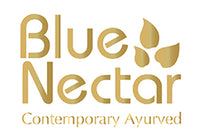

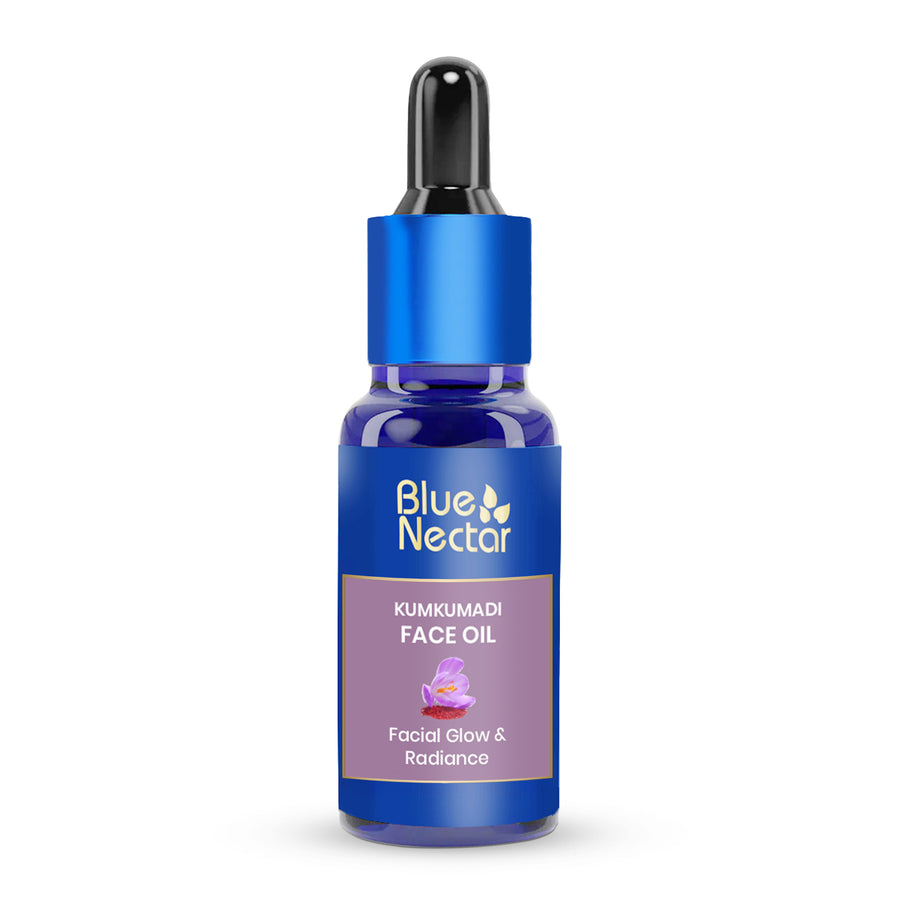
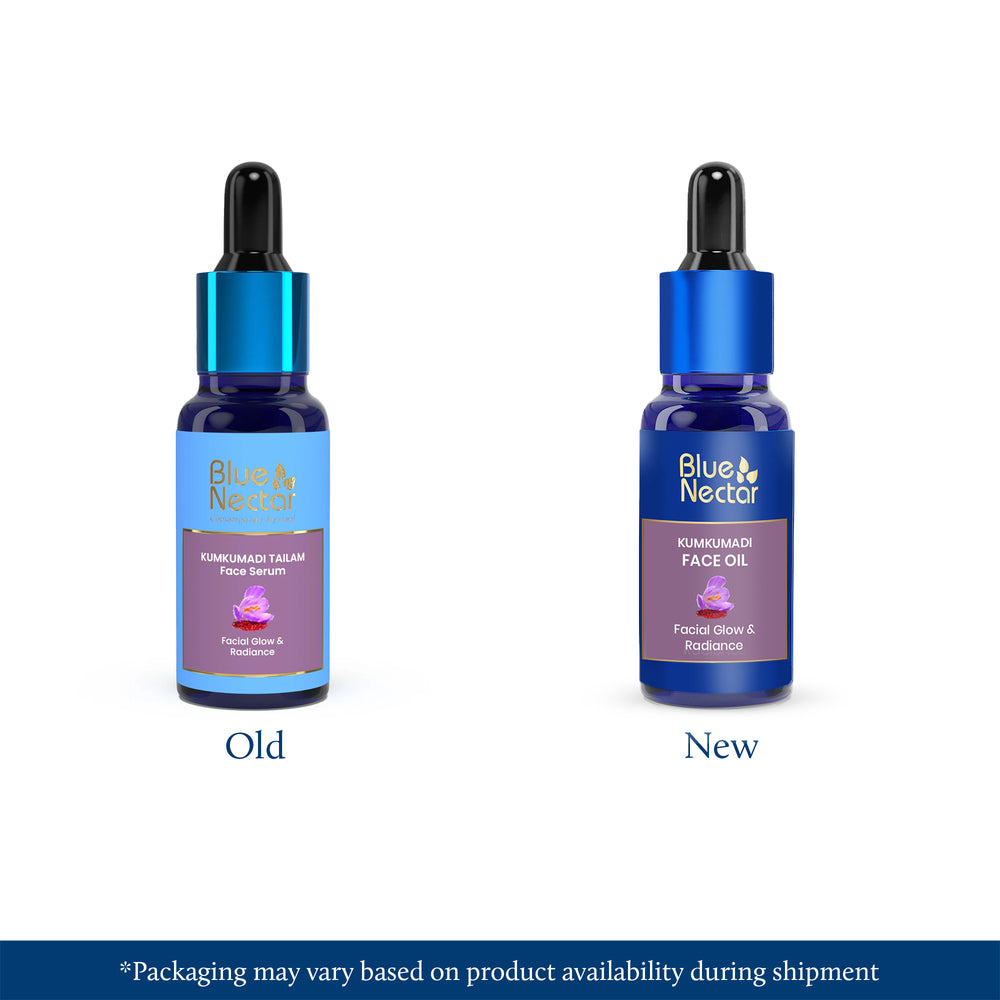
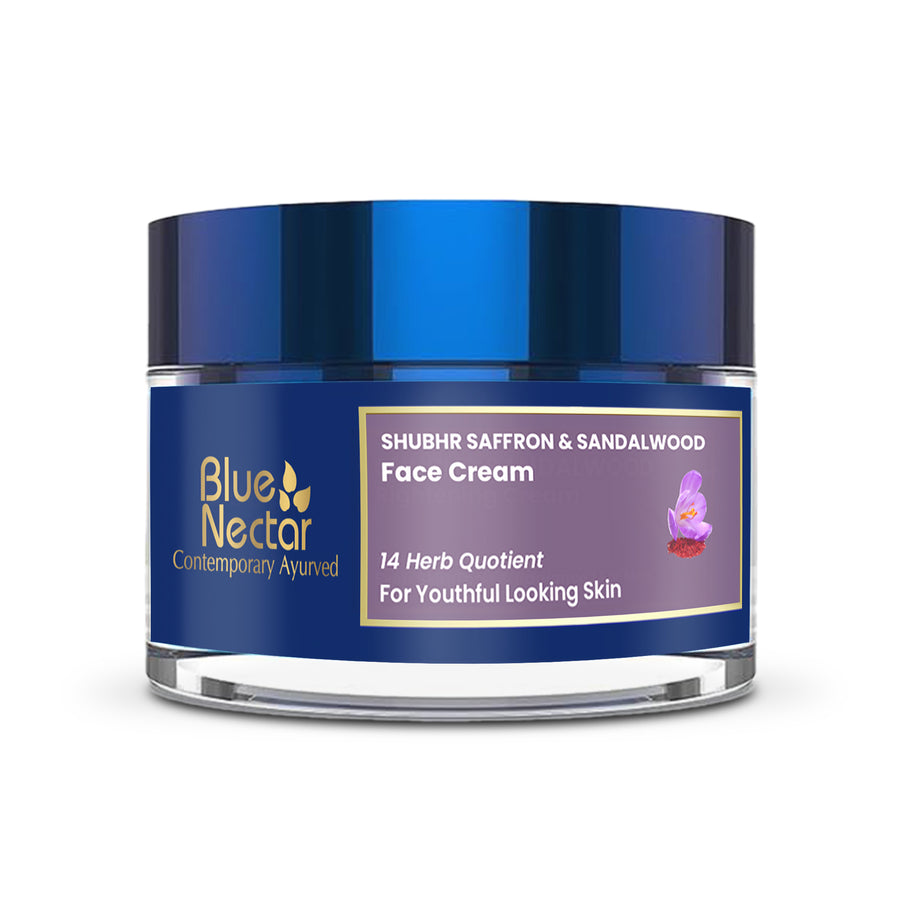
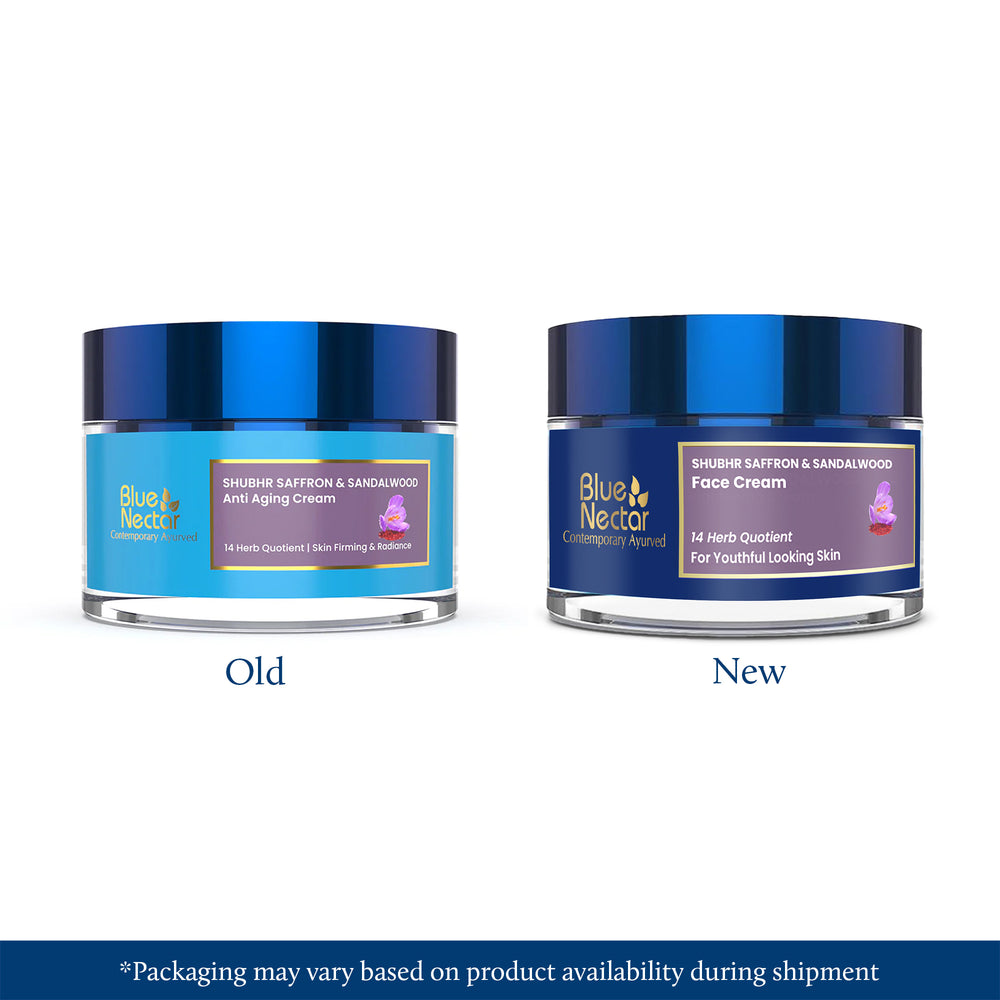
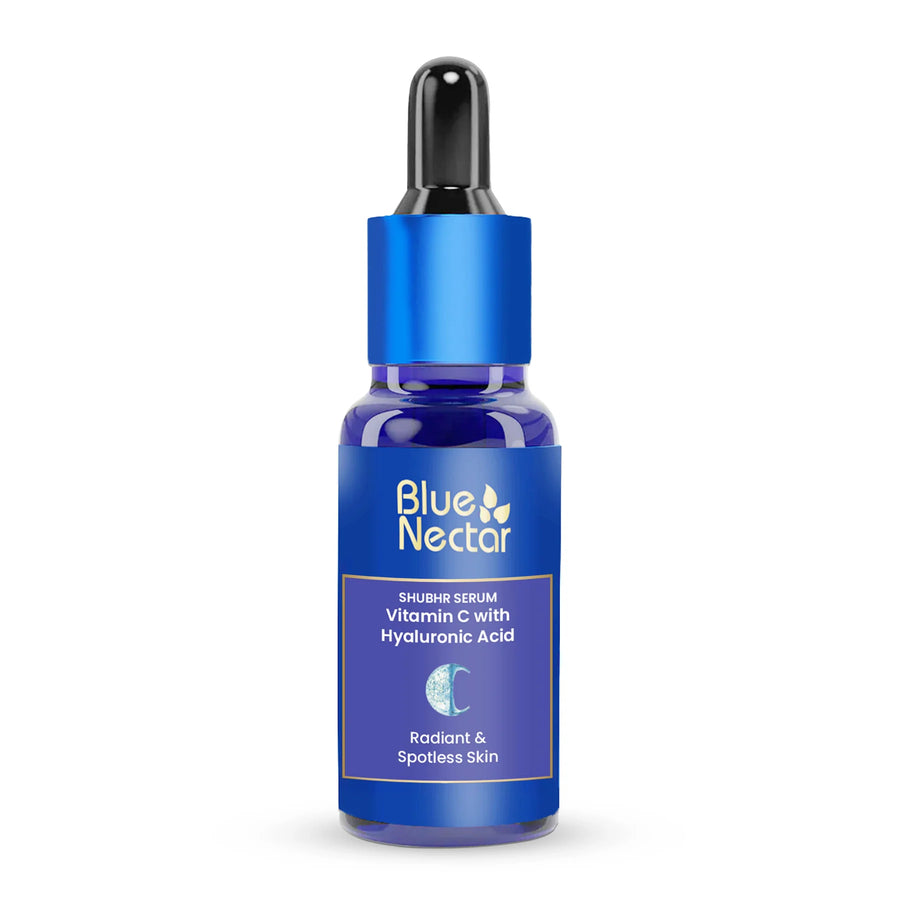
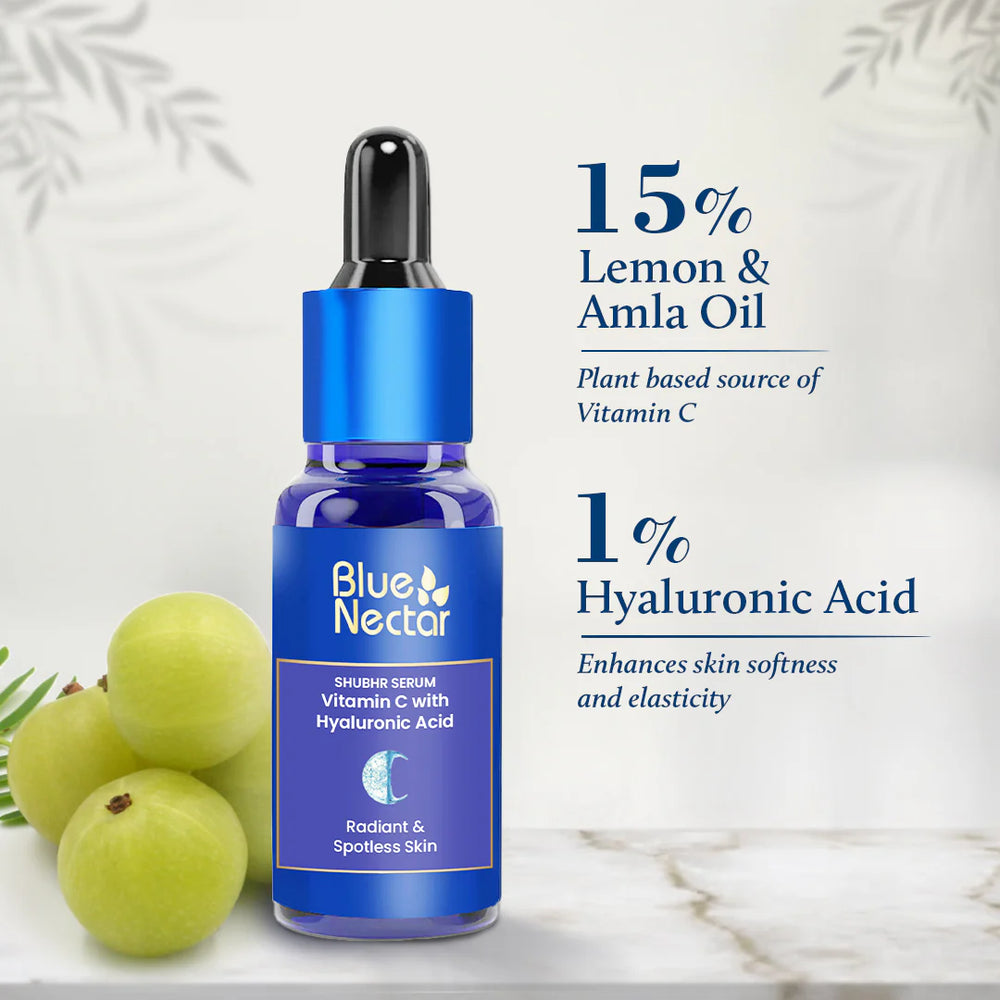
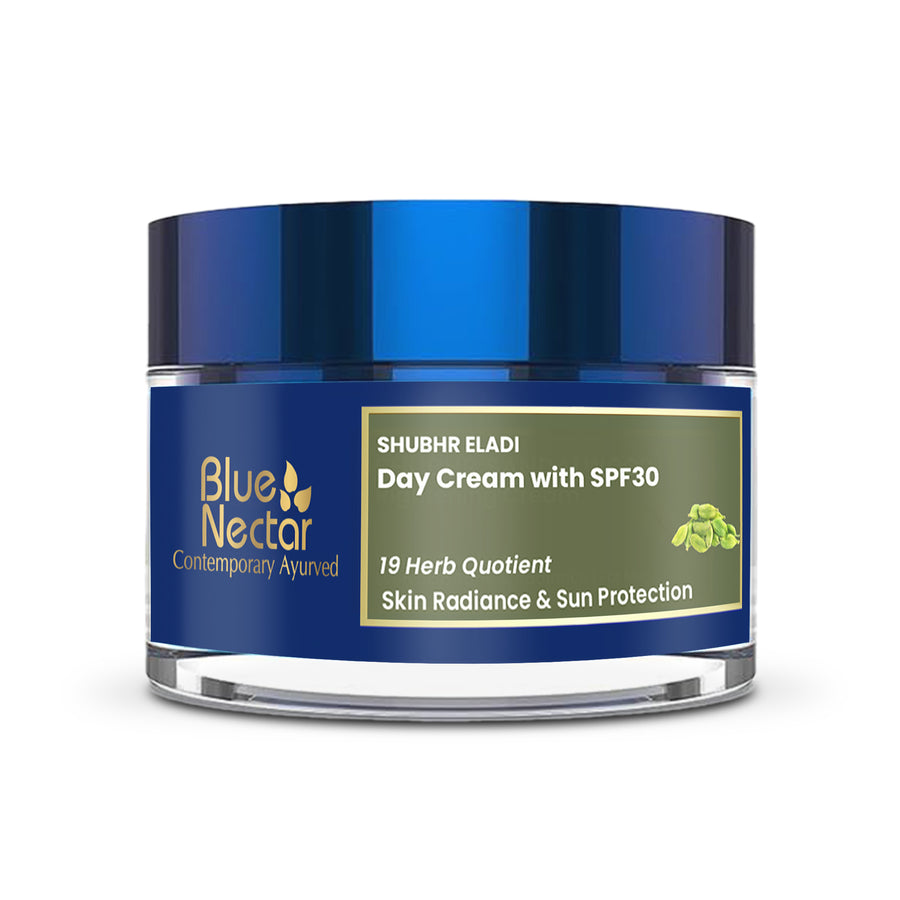
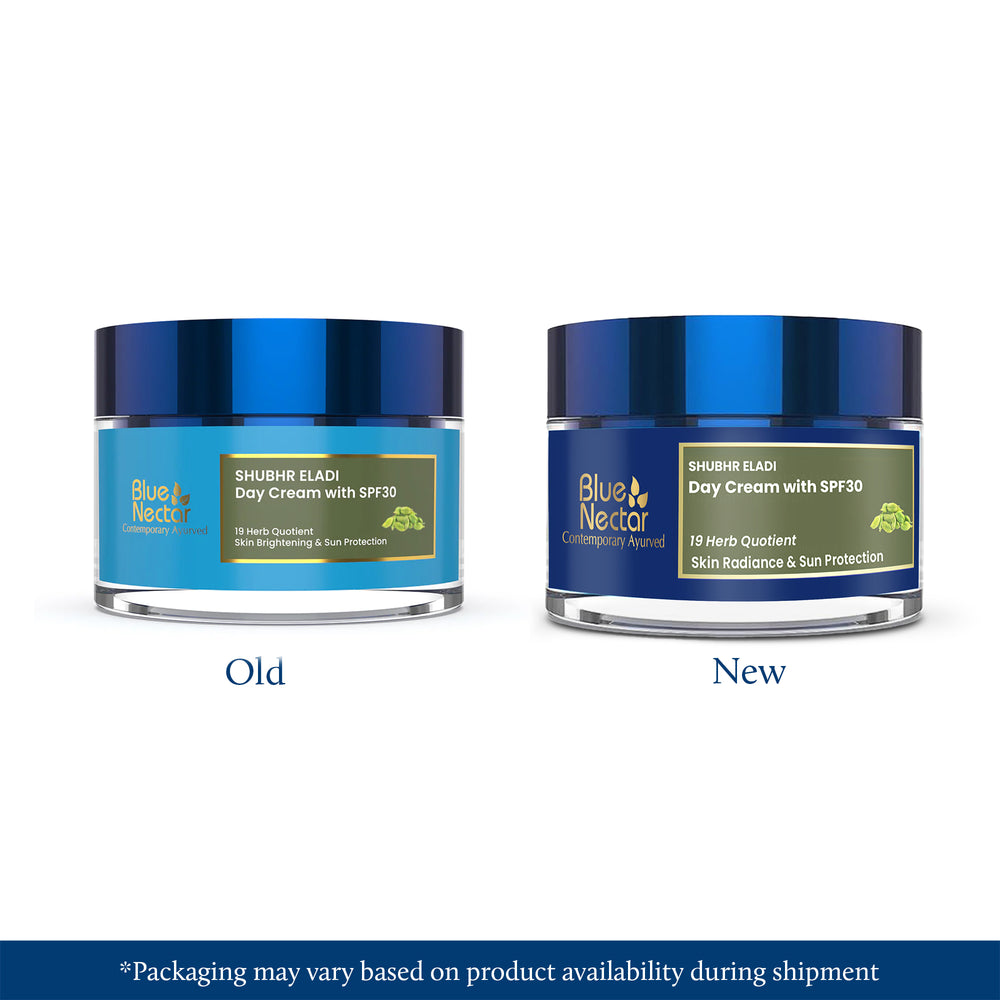
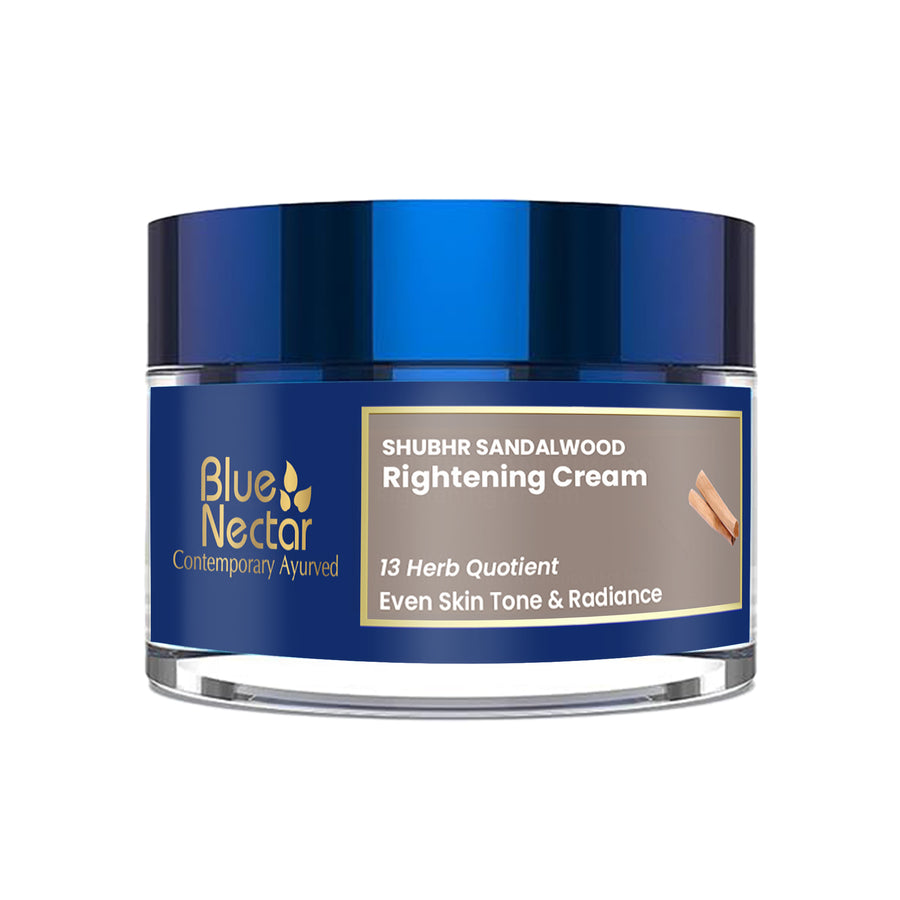
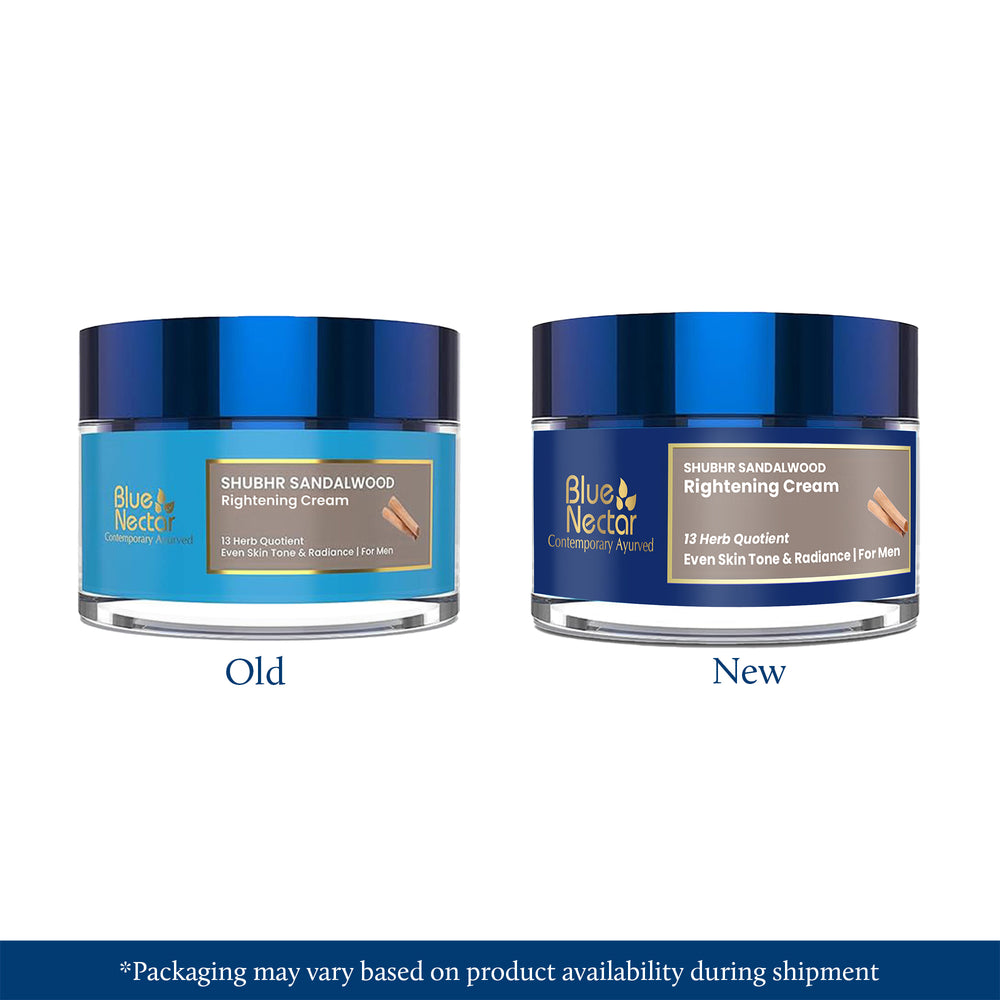




Leave a comment